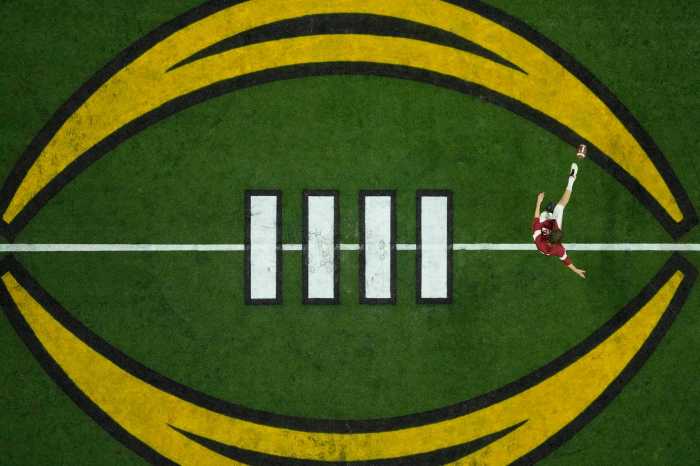When and how to apply for financial aid and more

(Photo courtesy of Unsplash)
There are many things to remember when applying for college. To alleviate this process and make it easier, here are some tips that you should follow.
Financial Aid
Knowing when the deadlines are, is of utmost importance when applying for financial aid as college costs a fortune. When applying for federal aid, the U.S. Department of Education (USDE) has a free application for federal student aid, otherwise known as FAFSA. On the USDE’s website, there are specific deadlines one must follow in order to be considered for financial aid by the government. For those applying for the 2020-21 academic year, all FAFSA forms must be completed by June 30, 2021, at 11:59 p.m. CT. Each state has its own separate deadline for when financial aid applications should be submitted by. For New York, the deadline to submit your FAFSA forms is the same time as the federal deadline—June 30, 2021 by midnight CT. To qualify for financial aid, you have to meet the basic eligibility criteria.
Expected Family Contribution (EFC)
One part of the eligibility criteria is based off the applicant’s information that is submitted. One aspect that the federal government considers is the expected family contribution (EFC). The EFC is determined by three different formulas—for dependent students, for independent students without dependents other than a spouse, for independent students with dependents other than a spouse. Once the EFC is calculated, the financial aid administrator (FAA) subtracts the expected family contribution from the cost of attendance to decide on how much financial aid a student will receive. Another factor is what year you are in school—freshman, sophomore, junior or senior. Your enrollment status is another factor that is taken into consideration when figuring out how much federal aid is given. The last factor when deciding financial aid criteria is the cost of attendance (COA) for the school you will be attending. Cost of attendance can be estimated and includes, but not limited to tuition and fees, room and board, books/supplies, study abroad programs.
Federal Financial Need
Financial need, otherwise known as need-based aid is calculated using the formula, cost of attendance (COA)—expected family contribution. There are four types of financial aid that are offered through the Department of Education—federal Pell Grants, subsidized loans from the William D. Ford Federal Direct Loan Program, federal supplemental education opportunity grants (FSEOG) and federal work study (FWS).
Other Types Of Federal Aid
There are other kinds of federal aid that are offered through the USDE. Those fall under the non-need based financial aid category. The programs offered are called direct unsubsidized loan, federal plus loan and teacher education access for college and higher education grant (TEACH).
 What Should I Choose?
What Should I Choose?
When deciding the best option for financial aid, the USDE recommends accepting financial aid in a particular order. For your first choice, the department suggests a student should accept the free money, which are the scholarships and grants. Second on the order is accepting earned money, which is federal work study. For number three spot and last on the list is borrowed money. The USDE believes that federal student loans should be last on the list for what a student accepts, in regard to, financial aid. After deciding what aid you’re going to choosing, there is a way to seal the agreement through a promissory note. Visit www.studentaid.gov/h/apply-for-aid/fafsa at the USDE to learn more about the financial aid process.
College Application Deadlines
College applications are easier said than done. Just like financial aid, there is a lot that goes into making your application look perfect. What is needed when applying for college are four items—standardized tests such as the SAT/ACT, official transcripts, letters of recommendation, and a college essay. The deadlines for college applications fall into four categories: early action, early decision, regular decision and rolling admission. Early action application deadline typically is around November with admission decision sometime around December. Early action is a form of college admission that gives a student the opportunity to submit their applications before the regular decision pool of candidates. Early decision is similar to early action, except for one crucial difference. With early decision, there is a binding agreement that if accepted you are to withdraw all of your other applications and choose that particular college/university. Otherwise, early decision, your deadline is November and you hear back most-likely in December. For regular decision, application deadlines usually take place around January to February. If applying for regular decision, admission is told around March or April. Everything is dependent on the school itself—the deadlines and particulars. Some colleges and universities also offer rolling admission, which means admission decision and application deadline depend on the waiting list and when you submit your application to be considered.
—Additional information provided by www.BestColleges.com and The Department of Education.



































